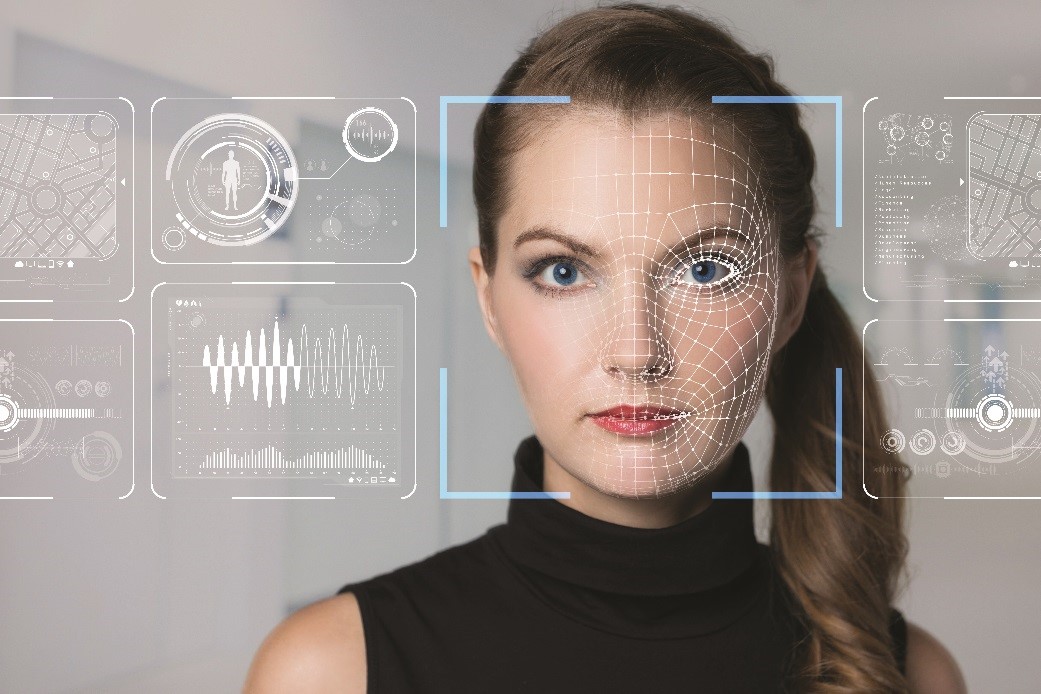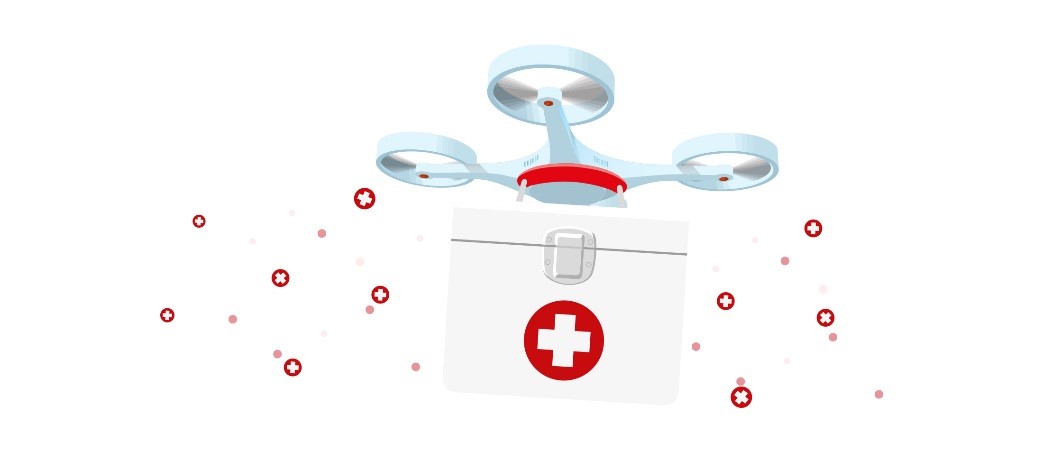2030 promises to be very different to how we currently access services. That’s according to the views of 2,500 consumers from seven countries we recently surveyed. In the first part of our series exploring their views, we found that consumers are incredibly hopeful about the future and the role the IoT will play in their lives but also expressed fears about privacy and security.
In this post we will discuss consumer views on how the customer experience will evolve. The headline finding is that 79% expect the IoT to deliver a seamless experience by 2030. What this means in practice is that your car, house, smartphone, smartwatch etc. will all ‘talk’ to each other, optimizing their settings to give you a more convenient life.
Given much of today’s technology products and services champion convenience, it is encouraging that consumers only want more of the same. This is particularly true in for China and Brazil where 94% and 91% expect a seamless experience. Interestingly, this drops to a lower proportion for countries such as Germany (60%) and the UK (69%) but the trend is still the same.
This may reflect specific attitudes about giving over control of data to machines and corporations as well as sensitivity towards data protection, which a seamless experience may threaten if not done securely. Making the benefits clear of such a scenario will be needed in these countries. However, it must be remembered that a clear majority have faith in the potential of the IoT to make our lives better.
We then dived deeper into how this seamless experience might manifest itself.
94% of all respondents believe they will no longer need traditional PINs or passwords to unlock their devices.
Consumers are much more interested in more advanced and seamless ways of authenticating themselves through automatic (based on behavioral patterns) or biometric techniques, lessening the need to have to intervene manually and in turn providing a much more streamlined authentication process.
Regarding biometrics techniques, sentiment towards facial recognition, fingerprint detection, retinal scans and voice recognition is equally split globally, however we observed some regional specificities which may favor any one of them over the others.

Smartphones manufacturers like Apple and Samsung have already put fingerprint and facial recognition high on the agenda and after Apple’s recent announcement, it seems that facial recognition is now de facto their standard making authentication even more automatic. Is it a first step towards silent authentication? This is certainly worth exploring in more detail, and we’d be intrigued to hear your views on consumer attitudes to biometrics and behavioral biometrics.
There are two further results worth exploring. The first is that consumers do not think we will be using our DNA to access services, even by 2030, compared to the other automatic means. This suggests that this may be a step too far to proving your identity.
The one worth watching is automatic recognition, based on silent authentication (based on behavioral and contextual patterns). We’ll go into more depth in the final part of the blog series, but for now it must be noted that automatic recognition is the most popular option for controlling and unlocking devices in 2030.
The services of 2030
Now that we know how consumers would like to unlock and control services, we should discuss their attitudes to specific services.
On 5G, 84% would expect the next generation network to be fully developed. In particular:
- 57% expect greater network coverage
- 48% believe there will be seamless connection with other connected objects
- 46% think the battery life for low power consumer IoT devices will be much more powerful
All this reflects an expectation of seamless connection with other objects, including a continuity of service.
Robotics and drones will also be thriving industries in 2030 according to our consumer respondents. The top use cases identified include:
- Search and rescue
- Security
- Inspection
- Exploration
- Healthcare

This clearly reflects trust in drone technologies considering that those services are security sensitive and have more commercial than leisure usage. It also shows social acceptation of drones, and more widely of robots, as becoming part of our society in the future.
Recently, there have been moves to regulate the commercial drones market. It will help the nascent industry build trust in the eyes of consumers and set standards for future innovation. It’s interesting to see our consumers thinking much further beyond delivery for drones.
There is also widespread positive sentiment towards the IoT in the home to manage our lives through connected appliances. Likewise, when we’re out and about, many think connected screens will deliver a personalized experience on retail visits and in transportation.
And we couldn’t have a study about life in the future without mentioning autonomous cars. 37% would like to use them in 2030. However, almost double the proportion of surveyed consumers have a high level of trust in cars with drivers than they do in autonomous cars, potentially
because they want to feel a sense of control over their car and have visibility over the security.
It seems like life in 2030 is going to be very different to today.
Read more about the Gemalto 2030 Internet of Things Consumer Research Report here.
Click here to view and download the report directly.
In the final part of our series on the IoT in 2030 we will examine how the concept of silent authentication works, and existing attitudes to it. Plus, we’ll touch on security, a vital foundational aspect of the IoT. If you missed it, you can also read the first part of this series on our IoT consumer research here.


